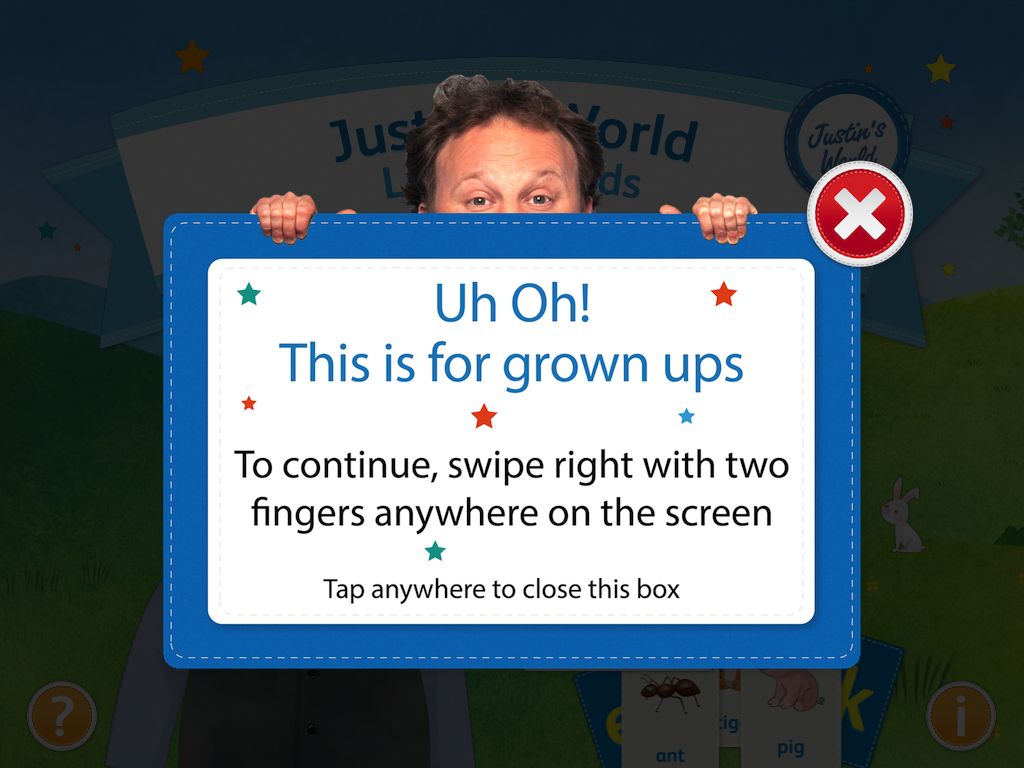Addresses the subject of predators — users who take advantage of Internet anonymity to make contact with minors — along with preventive and screening measures.
1.1 What is a “predator”?
Predation wears many faces but one thing is certain: an online predator is an individual who uses the anonymity of a participatory platform to make contact with children.
A predator exploits the naivety of young people who, for lack of experience, are less likely to be suspicious. Predator tactics range from posing as a child to gain the victim’s trust to revealing themselves as an adult from the start, then seducing their victims by showing them attention, kindness and affection. Predators generally set out to commit some form of sexual offence, such as:
- Asking the child to send explicit content (e.g. nude photos of the child)
- Encouraging the child to participate in sexual activities via webcam
- Initiating a sexually oriented conversation via chat
- Inviting the child to meet in person
1.2 How can predation be prevented?
Preventing predators from using your platform essentially hinges on your moderation strategy. Your digital code of conduct identifies which behaviours are unacceptable; your moderation strategy then ensures that these rules are enforced.
1.3 How can predators be screened?
Predator screening is primary accomplished through moderation (monitoring online interactions) and by processing complaints received through reporting mechanisms.
Predators know that most youth platforms are closely moderated. Because of this, they rarely risk any gestures that would be easily detected. Instead, they set out to obtain information that will let them contact the child outside of your platform in a less controlled environment. Pay attention to repeated and insistent requests for personal information (age, address, city of residence, etc.) or suggestions to meet up on another platform (e.g. Facebook or Skype).
Warning! Violations do not always equal predation. Children also transgress the rules; doing so is “normal” behaviour to an extent. However, predators tend to commit the same violation repeatedly. For example, let’s say that after issuing a number of warnings to a user who repeatedly solicits personal information, you close that user’s account. If the same email address then opens a new account under a new pseudonym and again commits the same type of violation, this could indicate a predator.
Predators can be very patient when it comes to building a relationship with a child over time that lets them accumulate information bit by bit. While such an approach is more difficult to detect, data crossing-referencing can reveal behaviour of this kind.
1.4 What if you think you’ve identified a predator on your platform?
Believing you’ve identified a potential predator on your platform is a serious matter. Sexual offences against minors are covered by the criminal codes of all Western countries. Accordingly, you have a moral and legal obligation to report suspicious behaviour towards children.
Keep the account active to enable an investigation and gather information about the suspected predator (username, email address, comments, conversation history, etc.). Forward the information to your local police department or a child protection agency, which will assess the case and tell you how to proceed. The section below lists child protection organizations by country.
The sexual exploitation of children on the Internet is a criminal act. As a youth platform operator, it is your duty to report suspicious behaviour to the authorities, such as:
- Your local police force
- National child protection organizations
- International bodies mandated to protect children from online sexual exploitation
Whatever authority you contact, your report will be evaluated and contentious cases referred to the local law enforcement agency, which will take the action needed and tell you how to proceed. Below is a list of the major organizations by country:
INTERNATIONAL BODIES
CANADA
UNITED STATES
FRANCE
AUSTRALIA
- It is your responsibility to take steps to prevent predation and protect your audience, which consists of vulnerable users. User safety must be a priority. Consequently, you must provide the financial, human and technical resources needed to support a moderation strategy appropriate to your platform.
- User and content moderation must be adapted to your platform’s features as well as its audience:
- The more opportunities for interaction between users, the greater the vigilance required.
- Studies show that the most at-risk youth are not the youngest, but rather tweens and teens. Take extra precautions with these age groups.
- Choose your moderators with care and train them to recognize the signs that could indicate a predator.
- In high-risk areas (e.g. chatrooms, private messaging, etc.), use a black list to block the input of numbers, thus preventing personal information like addresses or phone numbers from being shared.
- Establish effective procedures for dealing promptly with complaints received through the reporting mechanism.
- If you think you have a predator on your hands, report the situation to a qualified authority or law enforcement agency.











